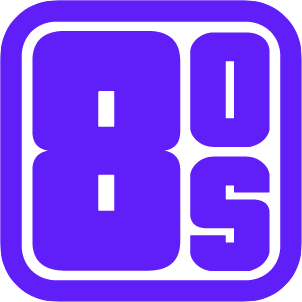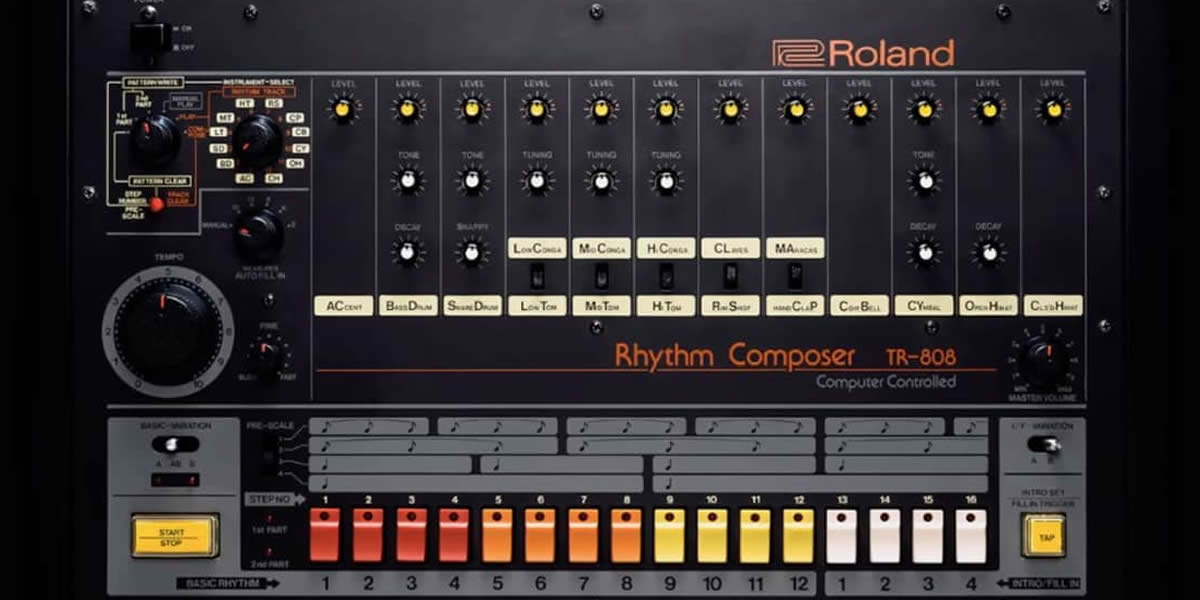Pagers were the ultimate form of personal communications in the 80s as they represented the cutting-edge technology and convenience of the decade.
Sure, by today’s standards the pager may have seemed very primitive, but if it weren’t for the dominance of pagers during the 80s and 90s, shorthand texting would not exist in the way it does today. Although the pager can be traced back to the 50s and 60s, it was back in 1987 that they grew to become a mainstay in 1980s culture.
The Popularity of Pagers in the 80s
It was 1987 when Motorola released the Bravo 800. The pager quickly became one of the most popular forms of communications in the 80s. Although they had existed and more basic forms since the 50s, it wasn’t until the cost of manufacturing the electronic devices decreased after the oil crisis, that they could be made available to the masses.
At first, pagers were only available in the healthcare industry. Doctors who wandered around a hospital could be paged with the device on their hip. Soon after, emergency responders and volunteer firefighters were carrying pagers to help them respond to emergencies faster. Eventually, business executives and other high-profile professionals began to use them on a daily basis.
By 1987, Motorola was at the forefront of this technology, and they introduced the world to the Bravo 800. It was an extremely affordable device, that just about everyone could afford at the time. Pager companies started popping up all over the country and a number of clear cases and varying colors were introduced to the market. Teens and adults from all walks of life began picking up pagers and paying for the services.

Major Developments and Trends in Pager and Communications in the 80s
Thanks to the many advancements in manufacturing technology, pagers were made extremely affordable during the 80s, which allowed for the early adoption of the numeric and alphanumeric systems into popular culture.
Early Adoption of Communications in the 80s
During the early 80s, pagers were a popular one-way communication device. That is, they were only capable of receiving numerical messages. Often, this was a phone number, allowing people to call whoever had paged them. This was crucial to the early adoption of pagers in the medical and emergency services field.
By the mid-1980s, the device became more widely available to the public. They were no longer seen as just limited to emergency responders or business executives. Instead, they were appearing in a wide variety of industries including hospitality and delivery services. This helped to expand the availability of pager networks around the country which allowed messages to be sent even further. As the coverage areas grew, they became more practical which led to their adoption and urbanized areas.
Numeric and Alphanumeric Messaging
The biggest advantage of a pager was that it was able to send a numeric message. The LED display could show up to 10 different 7-segment characters which were representative of a callback number. However, teens in the 80s found a way to use this numeric pager to send messages creating an entire system of codes that friends could share with one another to provide them with instructions, alerts, or updates.
Eventually, manufacturers of pagers and of course the pager networks began to evolve into alphanumeric systems. This would allow someone to send more than just a number, as the devices were eventually capable of receiving and displaying short text messages. This helped to expand the functionality of pagers, and their adoption into mainstream popular culture. And, by the end of the 1980s, just about everyone carried a pager on their hip.

Pagers in Pop Culture
Thanks to the growing area coverage of pager networks and urbanized areas, they began to appear in the world of pop culture during the late 1980s. Celebrities, especially those in fast-paced industries like film and music began using them as a way of symbolizing their success. It helped them to stay connected with the rest of the world, and the appearance of a pager on someone’s belt signified that they were important, that they were involved in something big.
Pagers were a status symbol, and anyone who had them on their belt felt more important. Even teenagers and younger adults by the end of the decade owned a pager. After all, to only pager meant that you were part of the trend, and that you were instantly reachable no matter where you were. This helped to elevate one’s social standing.
Who Was Using Pagers for Communications in the 80s
Without question, the most important figures who helped to drive the pager revolution were the healthcare professionals. Doctors were the first early adopters of the technology, thanks to their ability to provide quick communication capabilities in life-or-death situations. In small towns across the country, volunteer firefighters were given pagers so that they could be immediately notified if there was a fire or other emergency in the town.
As the decade evolved, celebrities and musicians also helped to push pagers into the mainstream. In fact, hip-hop artists were the first celebrities to popularize pagers as a fashion accessory. They wove them into their lyrics and into their fashion styles. And so, by the end of the decade, the wearing of the pager became a status symbol. It was synonymous with being at the cutting edge of technology and fashion
The Cultural Impact of Pagers on Communication in the 80s
The impact of pagers during the 80s, and even into the 90s was profound. These small electronic devices completely reshaped communications in the 80s both personally and professionally. It played an important role in developing a fashion trend that was based on technology and on-demand communication. If it weren’t for the pagers of the 80s, mobile phones during the 90s would not have been as popular as they were. Thus, smartphones would not be the communication devices that they are today. The legacy of the pager is the core of today’s smartphone and instant messaging technologies.

Conclusion
although pagers have long since been replaced by smart phones, their influence in the 80s cannot be overstated. They completely revolutionized how people communicated and offered them a glimpse into the future. Communication and the 80s was about on-demand contact no matter where you were. Long before we had text messages and push notifications, pagers represented the peak of technological convenience. It bridged the gap between land lines of the era in the digital age.





